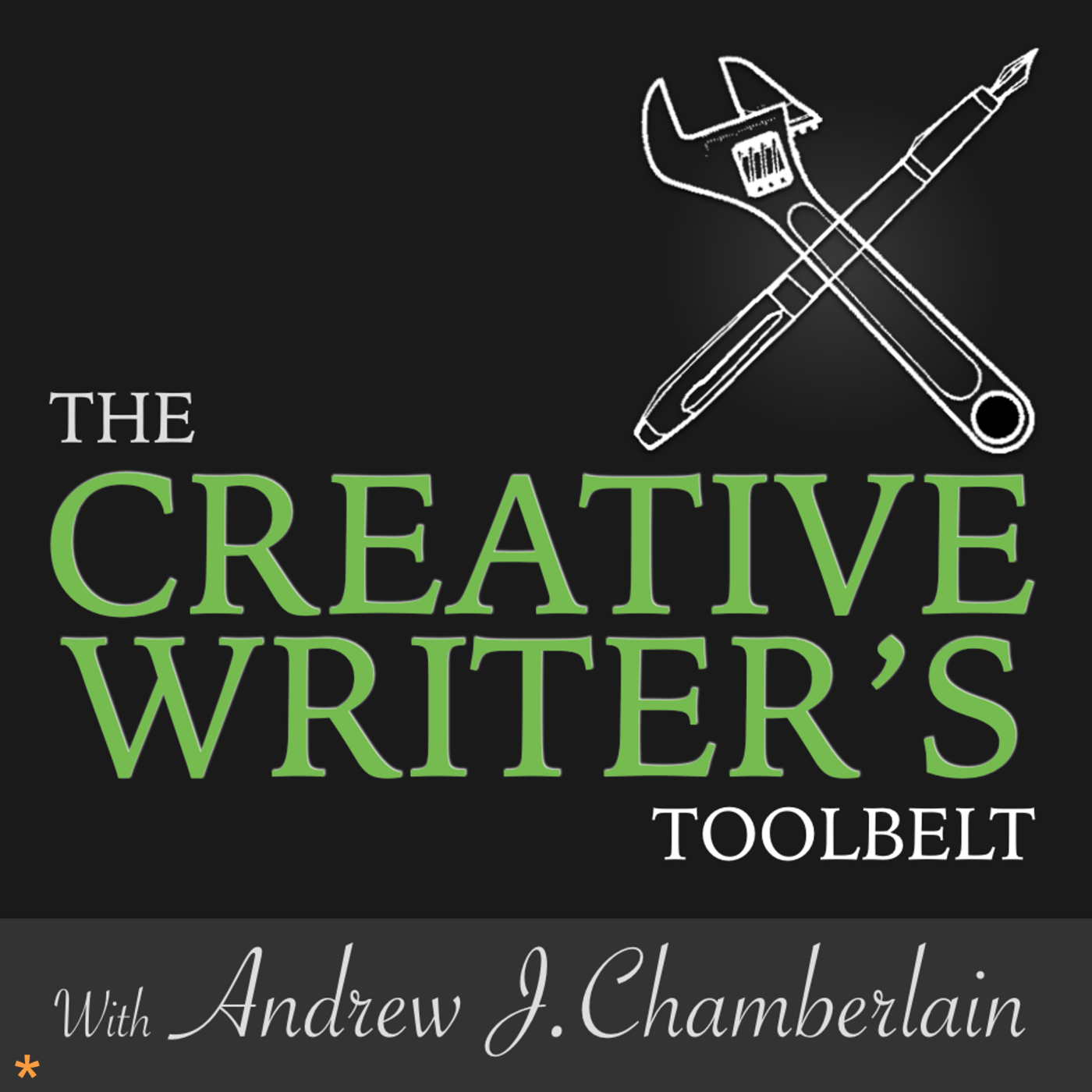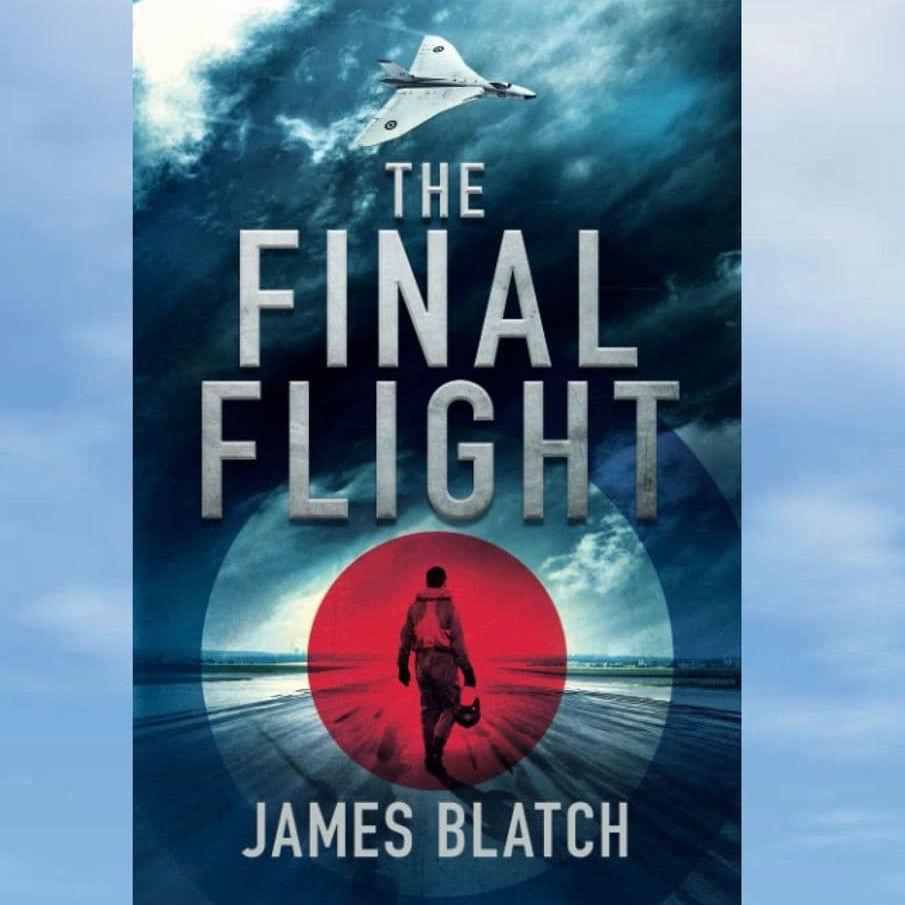

This podcast starts a new series on the subject of setting, and we begin by exploring why there are only two essential qualities needed...

Nick Narbutovskih grew up knowing that he wanted to be a pilot in the military, now Assistant Operations Officer Narbutovskih with Air Force Special...

Welcome to episode 165 of the Creative Writer’s Toolbelt My guest for this episode is the author, James Blatch. Some of you will know...